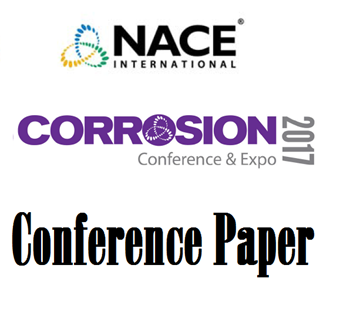Search
51317--9780-Development of Test Methods and Factors for Evaluation of Oilfield Corrosion Inhibitors at High Temp
Also Purchased
51317--9519-Development of Application Friendly Products for Wet Gas Corrosion Inhibition
Product Number:
51317--9519-SG
ISBN:
9519 2017 CP
Publication Date:
2017
$20.00
02288 EVALUATION OF INHIBITOR PERFORMANCE FOR PROTECTION AGAINST LOCALIZED CORROSION
Product Number:
51300-02288-SG
ISBN:
02288 2002 CP
Publication Date:
2002
$20.00
51314-3980-Standards for Laboratory Evaluation of Corrosion Inhibitors
Product Number:
51314-3980-SG
ISBN:
3980 2014 CP
Publication Date:
2014
$20.00




